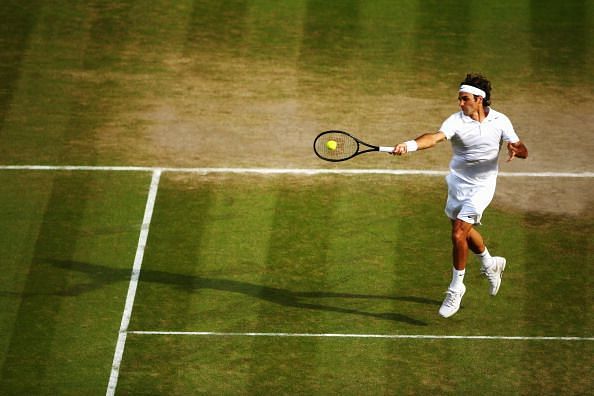
Wimbledon: A look at the evolution of the iconic tournament over the years
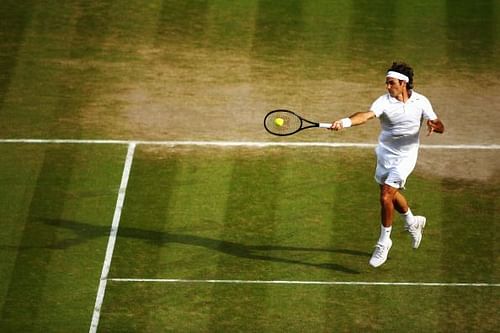
Synonymous with the idea of 'class', Wimbledon has always been a major event in the tennis calendar.
In the past, three of the four Grand Slams were played on grass. But with the Australian Open shifting to hard courts in 1988, Wimbledon remained the only one left with the traditional surface. Since then, it has become the central point of a very small window of the grass court swing.
The Wimbledon Championships is still arguably the biggest tennis tournament in the world, attracting the highest traction when it comes to spectators as well as the players themselves. One of the main reasons for this attraction is the history behind the tournament; it gives people the opportunity to stand beside the greats of the game such as Rod Laver, Bjorn Borg, Pete Sampras, Roger Federer and the like.
Etching your name on the biggest of tennis stages, in the midst of all the greatest of the past, is probably the most cherished desire for most aspiring tennis players.
On 23 July 1868, the ‘All England Croquet Club’ came into existence. In those initial days, the club was geared towards the popular tennis form of ‘court tennis’, which had wildly different rules and was played indoors.
By the year 1876, lawn tennis had become a full-fledged sport, taking its form as an outdoor version of court tennis. Once the game and the rules were in place, on 9th July 1877 the first Wimbledon Championships started - with only the gentlemen's singles event.
The club had been already renamed as the ‘All England Croquet and Lawn Tennis Club’ to keep pace with the changes. This version of lawn tennis is very similar to the game we play today, except for the net height and the distance of the service lines.
The winner of that year was Spencer Gore, and the cost of viewing the final for the 200-odd viewers was about a shilling each.
One interesting feature of the old venue of the club was the position of the ‘Centre Court’. It was literally placed at the centre of all the other courts, hence the name. With the shift to the new location in 1922, the name stuck, even though ‘Centre Court’ wasn’t the centre anymore (this would change in 1980, with an extension on the north side).
In 1884, the ladies singles and gentlemen’s doubles events were introduced, and by 1913 ladies doubles and mixed doubles were introduced as well.
Here are a few interesting details about the tournament back in the day:
- Until 1922, the winner of the previous year had to play only in the final of the Championships.
- Until the beginning of the Open Era in 1968, Wimbledon was contested by top ranked amateur players, and was not open for professional players.
- Since the beginning of the Open Era, Andy Murray is the only British man to win the Championships (gentlemen’s singles).
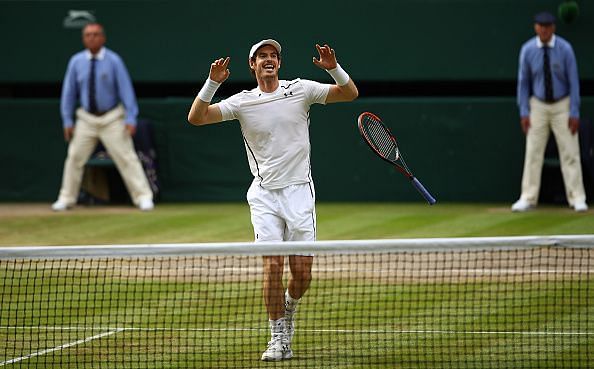
- The tournament is traditionally known for the consumption of massive amounts of strawberries and cream - almost 34,000 kg of strawberries and 10,000 litres of cream during the 2 weeks.

- There is minimal to no sponsorship or advertisements in and around the club, which adds classes up the event.
- And of course, the all white standard clothing forces the tennis to do all the talking.
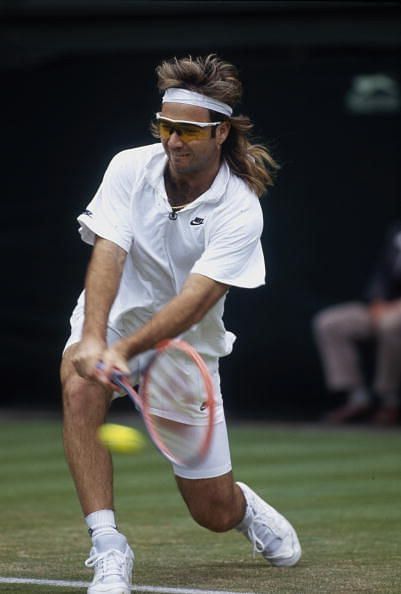
Present day
With the idea of making Wimbledon the central point of the world tennis stage, a long-term plan was created to improve the quality of the tournament for the players. These included a new Court 1, Court 2 and Court 3 with larger capacities, an extension to the west end of Centre Court, and a retractable roof system for uninterrupted play (a huge achievement, with its unique design ensuring that natural light is maintained on the court).
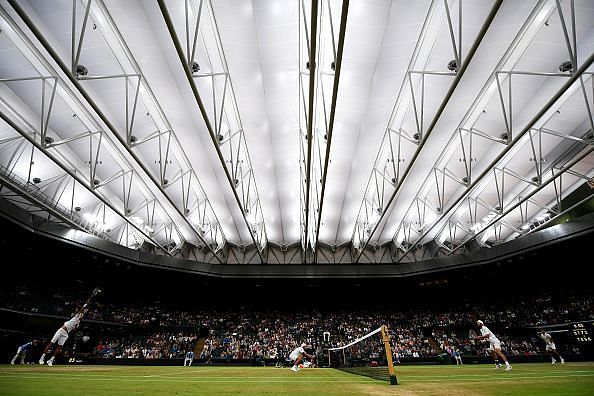
In 2018 it was announced that once the score reaches 12-12 in the final set, the match would be decided with a tie-breaker. This is a huge decision that might have changed the fate of quite a few players in the past.
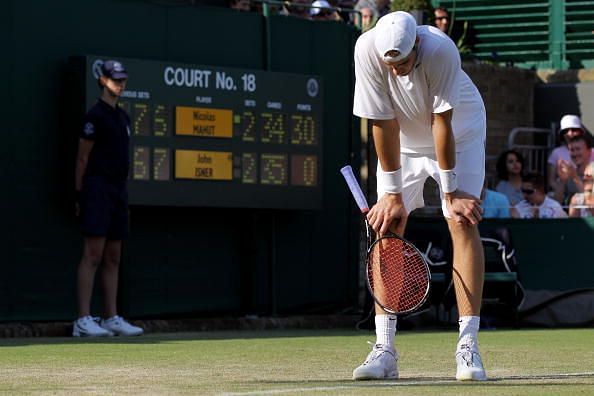
From 2019 onwards, the quad wheelchair tournament will become a permanent event.
Although the Wimbledon Championships has a long history, the legacy of this event continues to grow with each passing year. And most tennis would hope it continues to do so.
After all, tennis will not be the same without this special and classic grass court championship tournament.